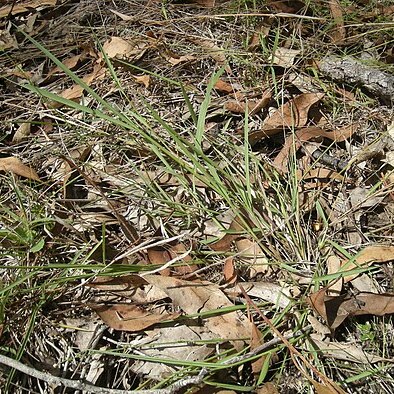Annuals or perennials, often aquatic. Leaf-blades linear; ligule a ciliate rim. Inflorescence composed of several to many short straight racemes spaced along a common axis and ± appressed to shallow hollows in it; rhachis triquetrous or winged, usually ending in a point, bearing single (very rarely paired) imbricate spikelets, their lower glume abaxial. Spikelets ovate, dorsally compressed, glabrous; lower glume much shorter than the spikelet; upper glume almost as long as the spikelet, occasionally shorter; lower floret ♂ or barren, its lemma resembling the upper glume; upper lemma crustaceous, acute, its margins inrolled and clasping only the edges of the palea; upper palea acute, the tip often briefly reflexed. Caryopsis elliptic, dorsally compressed.
Inflorescence of short racemes along a central axis, these ending in an inconspicuous point, the spikelets borne singly and often in 2 neat rows, rarely the lower paired or clustered.
Superior lemma crustaceous, as long as spikelet, acute; superior palea acute.
Superior glume 1/3 to as long as spikelet, the inferior shorter.
Spikelets abaxial, ovate.

